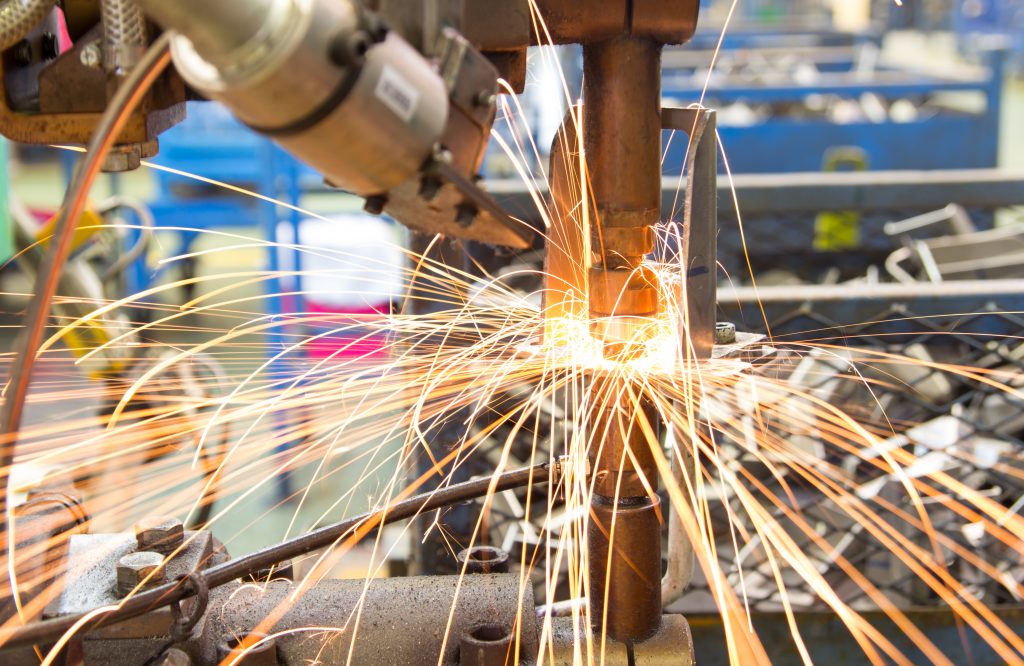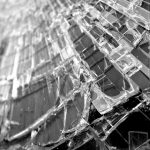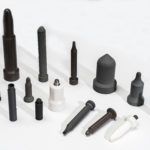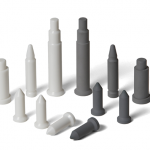Zirconia ceramics represent the primary application for the compound zirconium dioxide (ZrO2), accounting for over half of the world’s zirconium demand. Recent reports suggest that the global zirconia market will top 1.5 million tonnes by 2022; meaning global demand of the raw mineral purely for zirconia ceramics manufacturing could top 750,000 tonnes in a few short years. Estimates suggest that this is less than 1% of the world’s total zirconium reserves.
The ubiquity of zirconium is a silver-lining to the material’s many desirable properties and its increasing commercial stature. Partially-stabilised zirconia ceramics are increasingly utilised in hard-wearing and high temperature applications, due to the material’s exceptional thermomechanical properties. Abrasives, enamels, insulation, protective coatings, refractories; there are numerous established applications that continue to benefit from the exceptional performance of yttria-stabilised zirconia (YSZ).
Among the many outstanding properties of yttria-stabilised zirconia ceramics is the material’s fracture toughness.
Outlining Fracture Toughness
Fracture toughness is a measure of how well a material can withstand the propagation of existing flaws or cracks. It indicates how much applied stress is required before a crack extends through the material. As it is practically impossible to guarantee that end-products are entirely defect-free, fracture toughness is a critical metric in determining how well a material will perform under given conditions.
Many engineering ceramics are characterised by their fracture toughness, and few can match the performance of zirconia ceramics in this area. This property is expressed in terms of units of force per unit of surface area, typically megapascals per metre-squared (MPa m½). Zircalon 5, a proprietary zirconia ceramic from International Syalons, boasts an approximate fracture toughness of 8.0 MPa m½. To put that into context: Syalon 101, our strongest engineering ceramic, has an inferior crack resistance of 7.7 MPa m½.
Comparing Zirconia Ceramics
Comparing two distinct materials does not paint an accurate picture of why zirconia ceramics have become such a dominant commercial force in the engineering ceramics marketplace, however. The exceptional crack-resistant properties of the material vary significantly between distinct zirconia products. For example: Zircalon 5 is in-turn outperformed by Zircalon 10 with an exceptional fracture toughness of 10.0 MPa m½. Until recently, this property was unmatched in our entire catalogue of ceramics.

Resistance Weld Process – Image Credit: Shutterstock
Zircalon 30 is a new product offering that was developed to offer the highest possible fracture toughness and impact resistance for an electrically-insulating material. Zirconia ceramics have overtaken titanium as the material of choice when it comes to high-performance dental implants, and this material shift influenced the development of Zircalon 30. It was engineered as an alternative to metallic weld location pins and fixtures – the electrical conductivity of which can cause welding flaws and subsequent joint failure.
The result is a zirconia ceramic with our highest fracture toughness ever: 14 – 15 MPa m½.
Zirconia Products from International Syalons
International Syalons is the UK’s industry leading developer and supplier of advanced ceramics for engineering applications. We provide advanced solutions for modern industry challenges and can help you exploit opportunities in the ever-changing world of new materials.
If you would like any more information about our zirconia ceramics, or the fracture toughness of ceramic materials, please do not hesitate to contact a member of our team today.
[Source: Ceramic Industry, Ceramic Industry]



